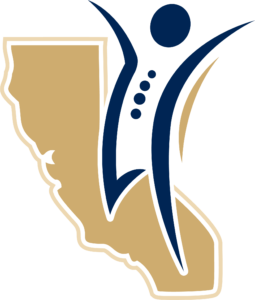Scoliosis
- Scoliosis is a side-to-side curvature of the spine that forms either in a “C” shape or an “S” shape.
- Curvature of the spine generally does not require treatment, although bracing or spinal fusion surgery may be required in severe cases.
- Curvature of the spine may also occur with spondylolisthesis, in which one vertebra shifts out of position relative to the vertebrae below it.
Symptoms of Scoliosis
Symptoms of scoliosis are rare but can include:
- Backaches or lower back pain
- Spine fatigue after long periods of sitting or standing
- Uneven hips or shoulders
- A spine curvature more to one side than the other
Scoliosis Types & Causes
The most common type cause of scoliosis is what doctors call idiopathic scoliosis, meaning that it has no known cause.
Idiopathic scoliosis in children younger than three years of age is known as infantile scoliosis. In children ages 4 to 10, it is called juvenile scoliosis, and in ages 11 to 18, it is adolescent scoliosis.
The cause may be known in other cases:
- Congenital scoliosis is present at birth and is the result of a baby’s ribs or spine bones not forming properly.
- Neuromuscular scoliosis is caused by a nervous system problem affecting muscle function such as cerebral palsy, muscular dystrophy, spina bifida, and polio.
Treatments for Scoliosis
Most people with idiopathic scoliosis do not need treatment, although doctors generally recommend a spinal exam twice a year.
Back Braces
Children sometimes must wear a back brace in order to prevent further curving of the spine while they grow. Back braces work best for children older than age 10.
Back braces vary in design, and the best kind to use depends on the size and location of the curve. For children and teens, many back braces are adjustable for changes in body growth.
Unfortunately, braces do not work for treating congenital or neuromuscular scoliosis.
Additionally, the patient may also need:
- Emotional support: Wearing a back brace may make children and teens painfully self-conscious of their condition.
- Physical therapy: Specially trained therapists can help fit the brace correctly and minimize physical and psychological discomfort.
Surgery
Sometimes spinal surgery is necessary for severe or rapidly worsening scoliosis. An orthopedic surgeon inserts one or two metal rods with hooks and screws to hold the spine in place until the bone heals together.
To access the spine, the surgeon may make an incision through the back, belly area, or beneath the ribs. Following surgery, the patient may wear a temporary brace.
PATIENTS KNOW US BEST
OUR MISSION

We treasure our patients and work hard to achieve this mission every single day.
I am so happy Dr Toma could accommodate my needs and fears during my telehealth appointment.
.

